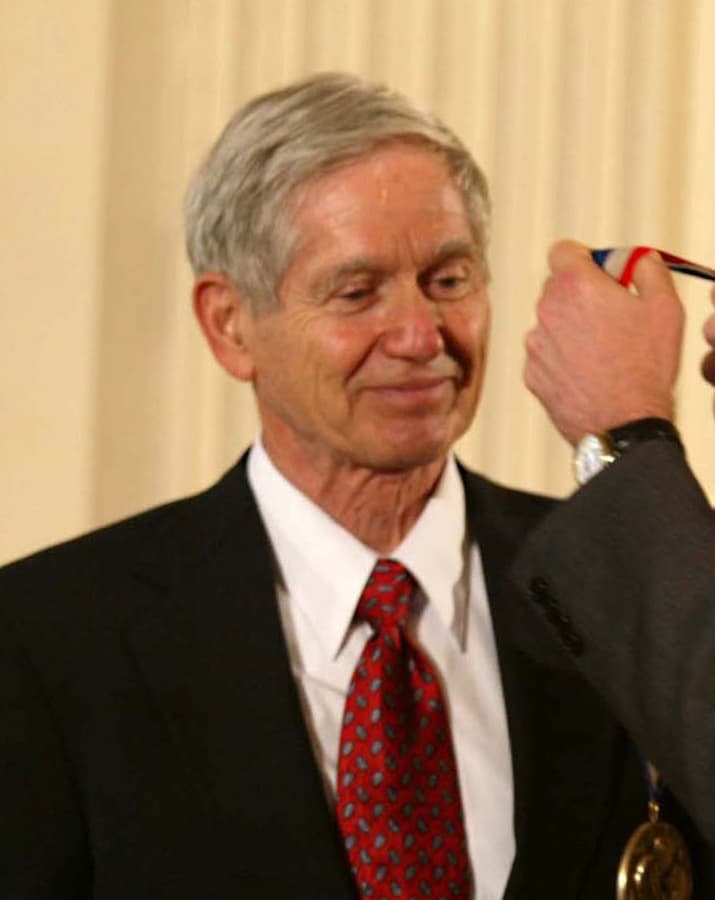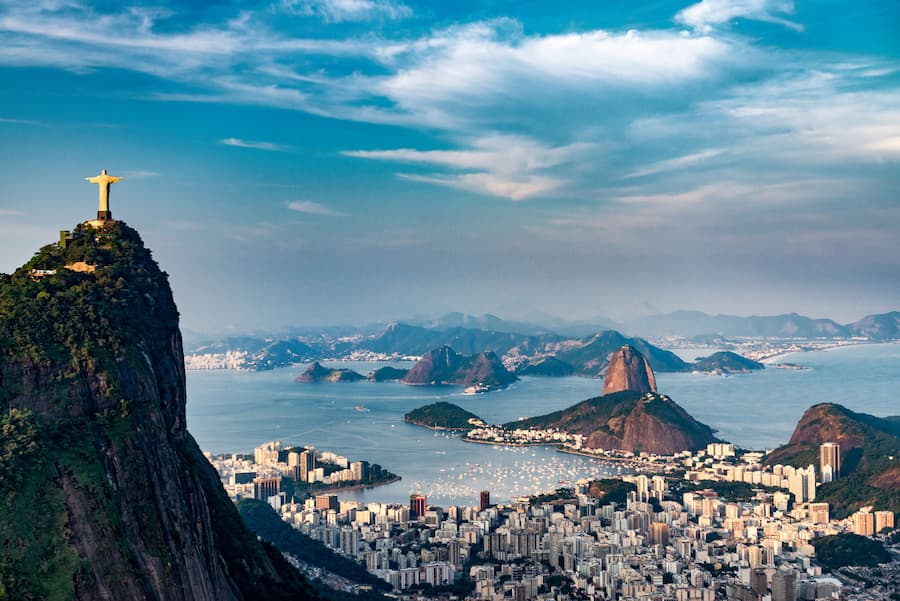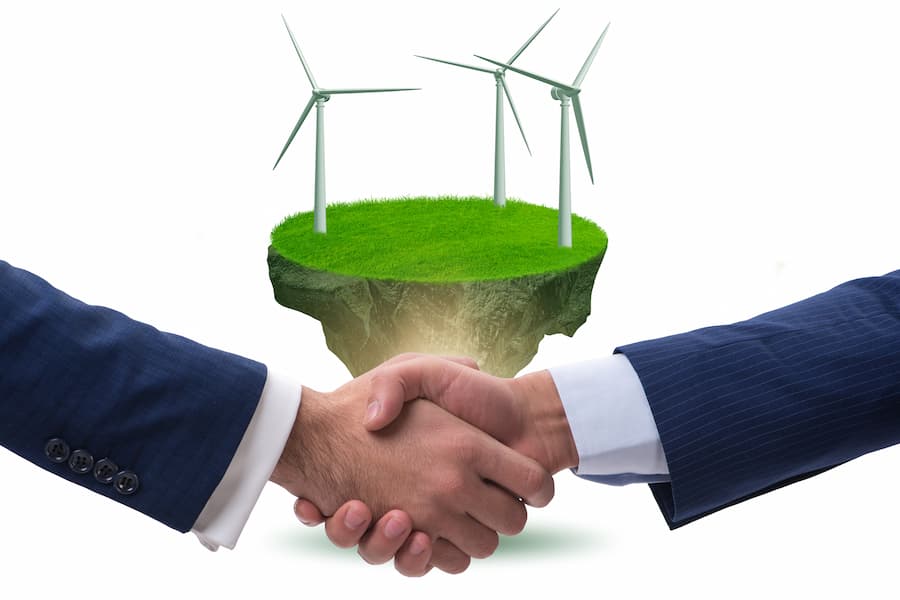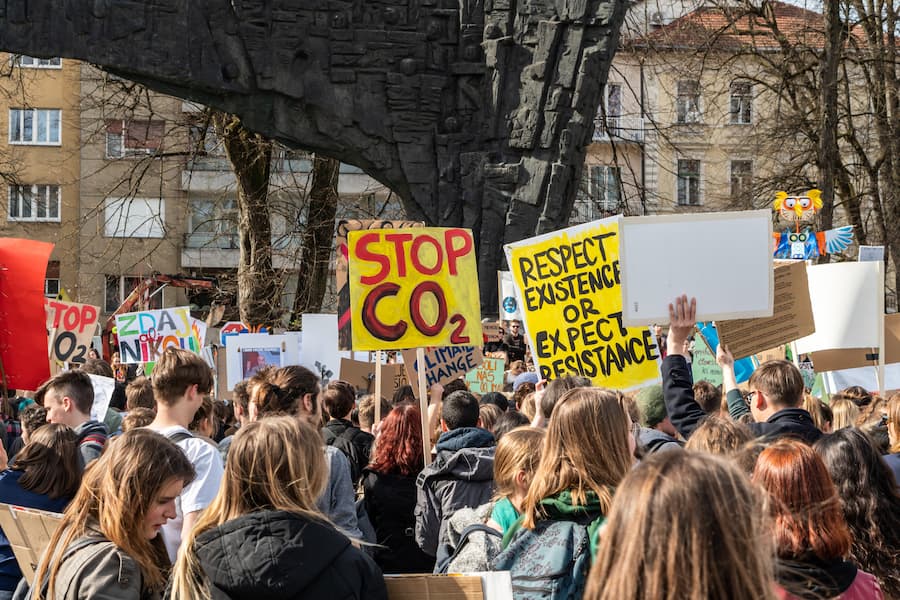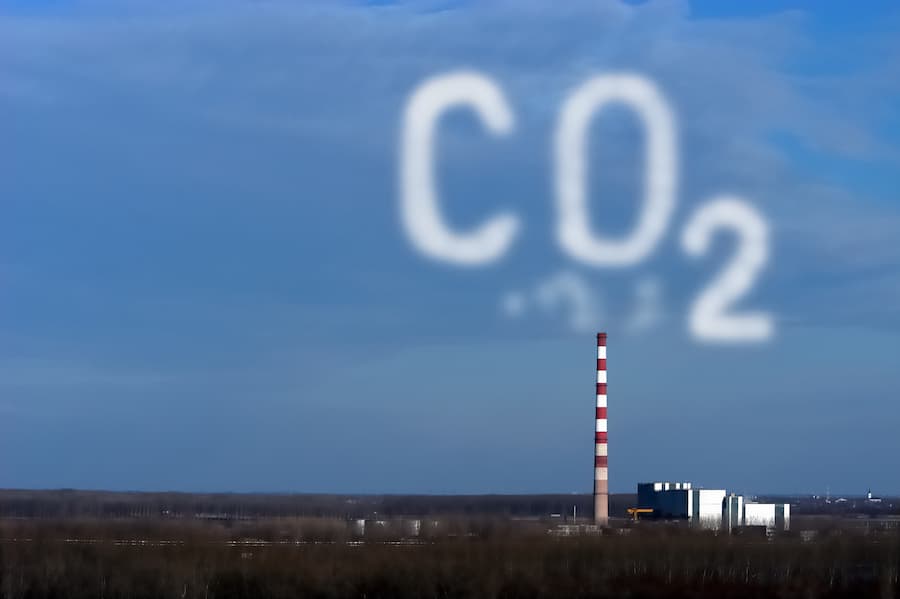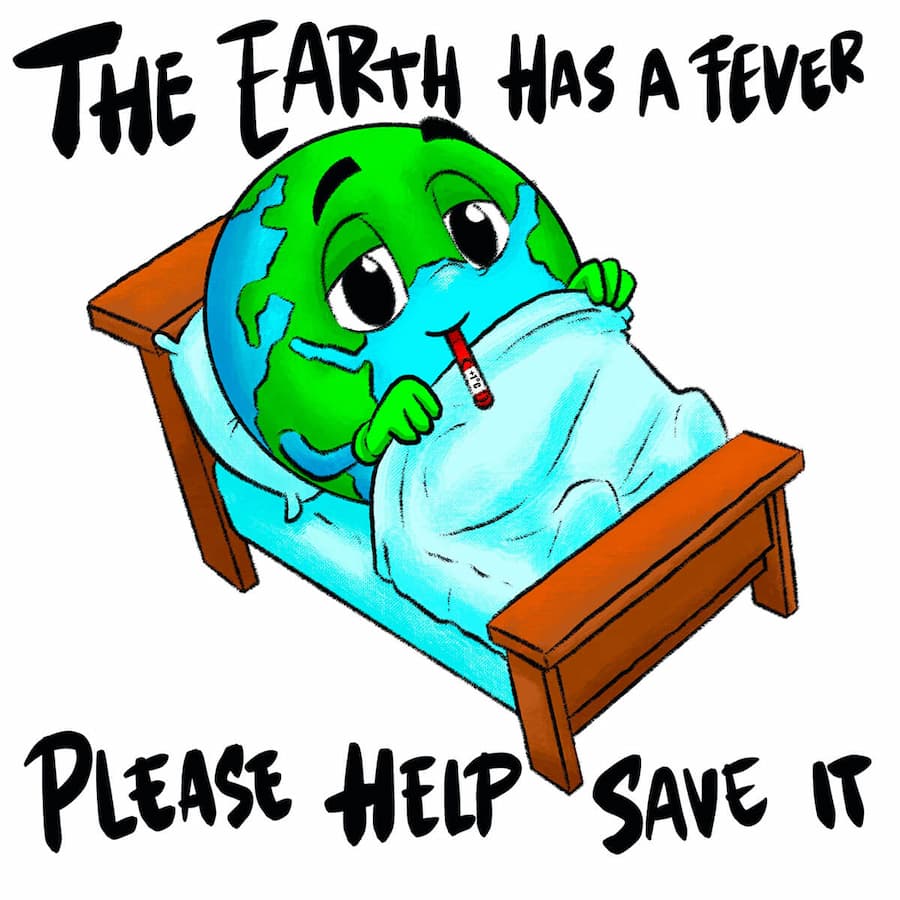History of Climate Change
Early Discovery
It would be interesting to note that the history of climate change dates back to the 19th century. The greenhouse effect has been well understood for more than a century. As a matter of fact, in 1859, British physicist John Tyndall made laboratory experiments that showed that carbon dioxide absorbs heat, thus warming the Earth's surface like a blanket (Source).
Charles David Keeling, an American scientist, discovered that the earth was breathing and found that the peak levels of carbon dioxide were rising every year. He recorded carbon dioxide and confirmed the possibility of the gas contributing to greenhouse effect and global warming. Keeling documented the steadily rising carbon dioxide levels, leading to the graph which has since been known as the Keeling Curve (Source).
Another one of the first scientists to bring out the issue of climate change was Jean Pierre Perraudin. He had a glacier theory according to which he felt that the presence of big granite rocks in the narrow alpine valleys was due to glaciers, which would have carried these boulders to the land. Although his hypothesis was initially rejected by many other prominent scientists, later, the famous Louis Agassiz found this hypothesis to be indeed true (Source).
Agassiz established the concept of the ice age where he laid down with proof that most parts of the world were covered with ice and glaciers during certain periods in history (Source).
By the late 1800s, Swedish scientist Svante Arrhenius tried to calculate the amount of carbon dioxide emitted in the atmosphere and tried to determine the warming effect on the planet through various means (Source).
However, the amount of carbon dioxide emitted into the atmosphere in the late 1800s was relatively low. Hence, although he proposed that the Earth would be subject to the melting of snow and glaciers, he predicted that it would take place only thousands of years later (Source).
The following video gives a good summary of how long we knew about climate change:

Alarming Days - Early History of Climate Change
It was during the 1980s that evident changes of global warming were seen visibly on the Earth’s surface. It was the time when people woke up to alarm bells realizing that the history of climate change was turning into a reality.
It was also this time when the damage that mankind had caused in the Earth’s atmosphere was being truly felt.
In 1988, the Intergovernmental Panel on Climate Change (IPCC) was set up by the United Nations on the request of its member countries to assess the situation of climate change on the planet in a comprehensive manner.
The main job of the IPCC is to periodically prepare diligent reports and provide comprehensive solutions to the present global warming situation and its many effects on the planet.
As awareness increased, mankind entered a new stage in the history of climate change, that of international treaties.
From The Climate Reality Project
United Nations Framework Convention on Climate Change
"In 1992, President George H.W. Bush joined 107 other heads of state at the Rio Earth Summit in Brazil to adopt a series of environmental agreements, including the UNFCCC framework that remains in effect today. The international treaty aimed to prevent dangerous human interference with earth’s climate systems over the long term. The pact set no limits on greenhouse gas emissions for individual countries and contained no enforcement mechanisms, but instead established a framework for international negotiations of future agreements, or protocols, to set binding emissions targets. Participating countries meet annually at a Conference of the Parties (COP) to assess their progress and continue talks on how to best tackle climate change" (Source).
The Kyoto Protocol
The Kyoto Protocol was an initiative of the United Nations to bring certain strict rules to be adhered to by the various economies of the world. According to this agreement, countries had to agree to control their annual emissions of greenhouse gases into the atmosphere to a strict small percentage.
Leaders from different governments held discussions to try and reduce the emission of greenhouse gasses to prevent the worst of the outcomes that had been predicted. The Kyoto Protocol was the first global agreement where governments committed to reducing the emission of greenhouse gasses. The protocol was adopted in 1997 (Source).
The protocol, which was ratified by President Bill Clinton, called 41 countries as well as the European Union to commit to reducing the emission of six greenhouse gases to below 5.2% by the end of 2012.
However, the future of the agreement would sooner come into jeopardy. Soon after taking over as the President of the United States, George W. Bush announced that the United States would not proceed further with the implementation of the agreements in the Kyoto Protocol. Bush noted that the protocol had fundamental and fatal flaws, and was hurting the United States economy (Source).
To learn more about this international treaty, click here.
The Copenhagen Accord
After the United States stopped the implementation of the Kyoto Protocol, the IPCC released a report on climate change, noting that global warming was getting to unprecedented levels and that it had high damaging impacts.
During the 15th session of the Conference of Parties to the United Nations Framework Convention on Climate Change, United States and the BASIC countries (China, India, South Africa, and Brazil) came up with a draft document, the Copenhagen Accord, which endorsed the continuation of the Kyoto Protocol.
The Copenhagen Accord recognized that significant reductions in greenhouse gas emissions were necessary to mitigate climate change, as demonstrated by scientists. Hence to mitigate the ravaging impacts of climate change and controlling the threat posed by global warming actions had to be taken. However, nations would only pledge on paper to the Accord, as they were not legally bound by the agreement (Source).
To learn more about this Accord, click here.
The Paris Agreement
Following the failures of the previous agreements which did not work effectively, the United States and other global countries entered yet another agreement to mitigate climate change. In 2016, 197 countries signed their commitment to the Paris Climate Agreement, pledging their targets to cut down the emission of carbon from the atmosphere.
The Paris Climate Agreement was founded on the need to prevent global temperatures from rising beyond 2°C (3.6 °F). Many climate change experts noted that a warming of 2°C was a critical limit, which if breached, would increase the possibility of deadly heatwaves, droughts, and storms (Source).
The aim of the agreement was to reduce emissions within the shortest time possible, to attain a balance between the emission and the removal of the gasses from the atmosphere.
Under the Agreement, each country has the responsibility of determining, planning, and regularly reporting on the mechanisms it undertakes to mitigate global warming.
To learn more about the Paris Climate Agreement, click here.
Greta Thunberg and Climate Strikes
In August 2018, Greta Thunberg, a 15-year-old climate activist from Sweden began protesting in front of the Swedish Parliament holding the sign: “School Strike for Climate.” The aim of her protest was to raise awareness and pressure the country to commit to the Paris Agreement and reduce the emission of carbon. "By December 2018, more than 20,000 students around the world had joined her in countries including Australia, the UK, Belgium, the US and Japan" (Source).
By March 2019, Thunberg was nominated for a Nobel Peace Prize, and would later participate in the United Nations Climate Summit in New York City in August of 2019. In a show of commitment to her awareness drive, she took a boat across the Atlantic instead of flying to the United States to reduce her carbon footprint (Source).
During the UN Climate Action Summit in the United States, it was further reinforced that 1.5℃ is the socially, economically, politically, and scientifically safe limit to effectively control global warming by the end of this century. A deadline of 2050 was set for countries to achieve net-zero emissions (Source).
Atmospheric Carbon Dioxide
Before the Industrial Revolution began in the mid-1700s, the average amount of carbon dioxide in the atmosphere across the globe was about 280 parts per million (ppm). At the time-continuous observations on the level of carbon in the atmosphere started in 1958, the average amount of global carbon dioxide was 315 ppm (Source).
As of 2019, the global average atmospheric carbon dioxide was 409.8 ppm, the highest levels in the past 800,000 years (Source)
During the same period, the temperatures of the earth changed significantly. There have been more factories and increased burning of fossil fuels leading to increased impacts of global warming, which have raised the global temperatures. Ever since the earth has warmed to about 1° C (1.8° F). This figure is critical, as it is closer to the targets of 1.5° established by the United Nations Framework Convention on Climate Change (UNFCCC).
The Verdict on the History of Climate Change
Although the governments of the world are starting to mitigate climate change, it remains unfortunately insufficient.
One of the things we ought to learn from the history of climate change is that we cannot leave it to governments to take action. Along with the measures taken, it is the responsibility of every citizen in every country to ensure that they undertake all necessary measures to reduce their contribution to global warming.
We must all arise against any laxity and misinformation against climate change. Different organizations have been funded by global corporations to deny the reality of climate change.
Failure to spread this awareness will reminisce the tragedy that has befallen many citizens with regard to the use of tobacco. As a result, over 100 million have died in the previous century from tobacco-related disease (watch the video below for more information).

From The Climate Reality Project
Further Reading and Sources
- Wikipedia - John Tyndall
- Wikipedia – Charles David Keeling
- Wikipedia – Louis Agassiz
- Wikipedia - Svante Arrhenius
- UNFCC – What is the Kyoto Protocol?
- New York Times – Bush Will Continue to Oppose Kyoto Pact on Global Warming
- UNFCC – Copenhagen Climate Change Conference - December 2009
- UNFCC – The Paris Agreement
- BBC – Greta Thunberg: Who is she and what does she want?
- The Guardian - Greta Thunberg sets sail for New York on zero-carbon yacht
- UN - 2019 Climate Action Summit
- Climate.gov - Climate Change: Atmospheric Carbon Dioxide
- Natural Resources Defense Council
- Home
- History
Join the Community and Newsletter (5000 Subscribers)
You can subscribe to my Substack Page or see the archives of previous posts. More great content coming soon!
Recent Articles
-
Climate Change Guide
Apr 23, 24 12:36 PM
The Climate Change Guide is your guide to a more sustainable future, and will provide you with all relevant information on mankind's greatest challenge. -
Climate Presentations by Climate Reality
Mar 03, 24 12:17 AM
You can see great climate presentations by Climate Reality. They can be customized for different audiences. -
Make the Planet Great Again!
Mar 02, 24 11:33 PM
We need to make the planet great again! We will build a solar wall along the Mexican border and make the fossil fuel industry pay for it! -
Historical Climate Change News
Mar 02, 24 11:25 PM
This section includes historical climate change news you should know about. These articles span several different topics and will help you stay up-to-date.
